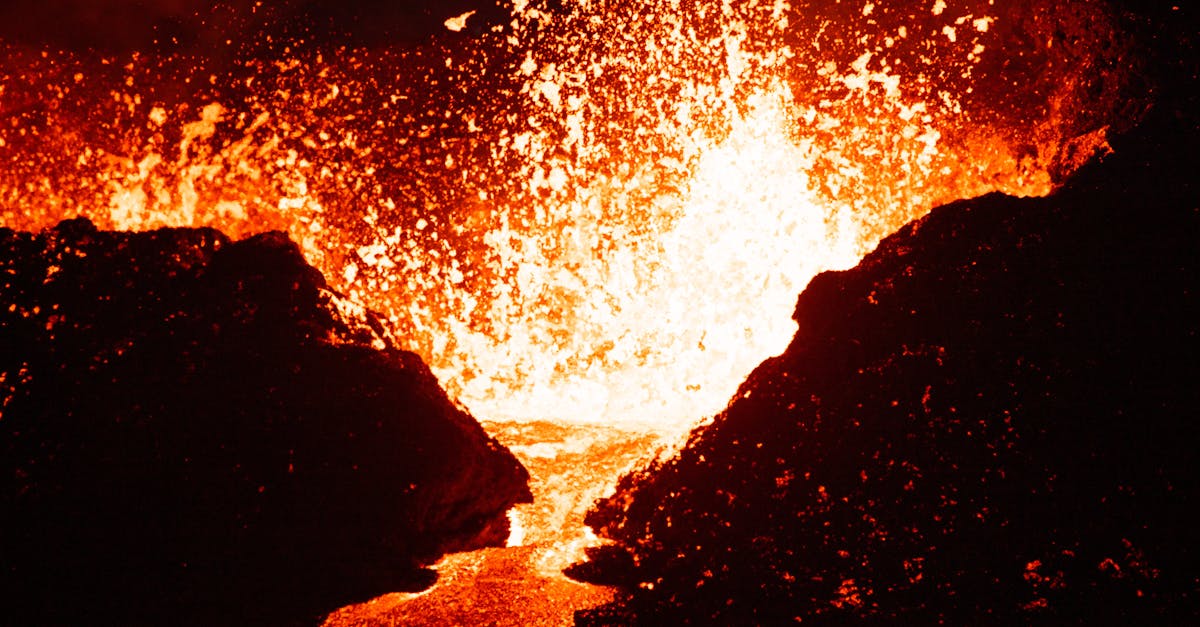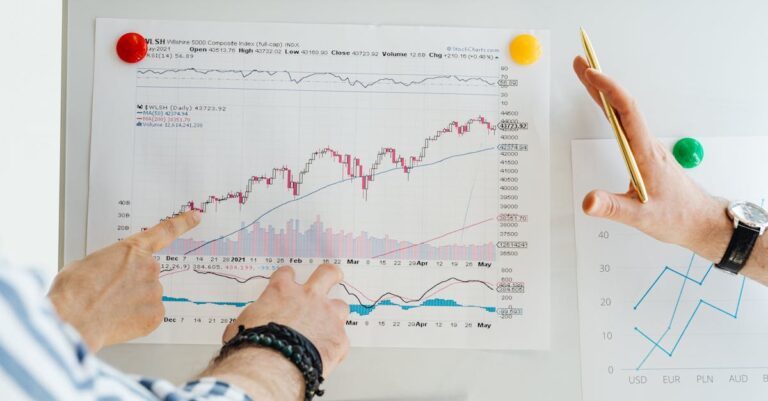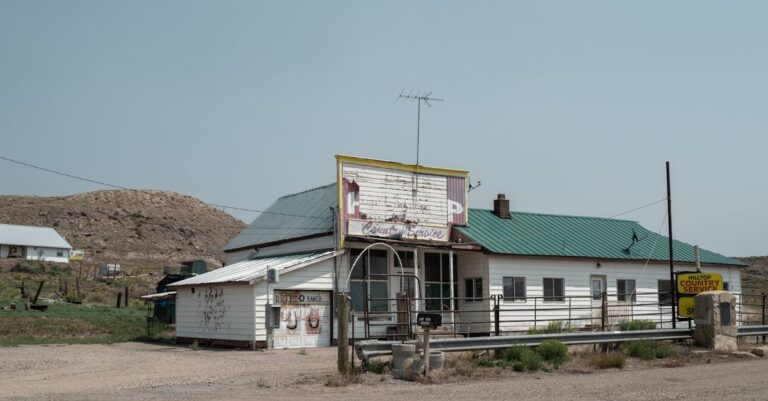
## The Sulfur Bloom
Geneva traced a finger along the shimmering blue line on the computer screen. Seismic data. Not like anything she’s ever seen. Public sensors registered a steady drumbeat, the earth breathing normally. But *this*—captured by the experimental acoustic architecture woven into Geneva’s hometown canal system—was different. A complex, pulsing rhythm she couldn’s explain, a heartbeat out of sync.
She zoomed in, isolating a specific frequency spike. It felt…wrong. Like a dissonant chord played at the edge of hearing.
“Anything?” Elias’s voice, raspy from disuse, drifted from the cluttered room above.
“Just…anomalies,” Geneva muttered, her gaze fixed on the screen. “Unusual seismic pulsations. Consistent across all canal nodes.”
Elias didn’t respond immediately. The creak of a chair shifting, the rustle of brittle parchment—these were his answers. Geneva knew him well enough to recognize them as affirmation, a tacit acknowledgement that her work mattered.
He specialized in dead languages, specifically the Pictish—a Celtic people who vanished from Britain centuries ago, leaving behind a cryptic legacy of standing stones and faded inscriptions. Elias’s garret, crammed with dusty tomes, ancient maps, and linguistic diagrams, felt like a time capsule. He wasn’t interested in history; he was busy resurrecting it.
“The Old Tongue,” he finally said, his voice a low hum. “It speaks of such things. Of the earth shifting.”
Geneva frowned, pushing a strand of auburn hair behind her ear. “Shifting how?”
“Not gradual erosion, Geneva,” Elias clarified, tapping a yellowed scroll. “A reversal. A convulsion.”
He pointed to an inscription on a fragment of slate, the Pictish characters almost swallowed by time. “’When the serpent sleeps beneath stone, and rivers weep backward…’”
Geneva shivered. She’d dismissed his Pictish ramblings as eccentric academic pursuits. But the seismic data…
“The canal system,” Elias continued, his eyes fixed on hers. “It’s listening to the earth like never before. You’re hearing what few others can.”
She returned to her screen, isolating the frequency again. A pattern emerged—a cyclical increase and decrease, mirroring a waveform she’s never encountered before.
“It’s accelerating,” Geneva stated, her voice tight with apprehension. “The pulsations are getting stronger.”
She ran simulations—theoretical models based on tectonic plate movement, fault line activity, geological formations. Nothing matched. The calculations spiraled into absurdity, spitting out error messages and impossible scenarios.
“What does the Old Tongue say about what causes these shifts?” she asked, the question a breath escaping her lips.
Elias’s gaze drifted to an even older map, its parchment fragile with age. He traced a finger along the route of what used to be the River Avon, its course drastically different than the modern map displayed on Geneva’s monitor.
“Sulfur,” he declared, his voice barely a whisper. “The Old Ones spoke of ‘the sulfur bloom.’ When the earth exhales fire.”
Geneva felt a knot tighten in her stomach. Sulfur blooms—geological events where massive deposits of sulfur are released from underground formations, often accompanied by earthquakes and volcanic activity—were rare. Isolated incidents. Not a coordinated event spreading across an entire region.
“The geological surveys,” Geneva said, her fingers flying over the keyboard. “They show increased sulfur deposits beneath the bedrock. Elevated levels have been detected for months, but dismissed as localized anomalies.”
She pulled up data from the state’s geological survey, cross-referencing it with her own findings. The numbers matched—eerily, impossibly.
“They ignored the warnings,” Geneva hissed, her voice laced with frustration. “They buried it in bureaucratic reports.”
“The Old Ones knew,” Elias said, his gaze distant. “They recorded it in the stones. But humans…they prefer to build on unstable ground.”
Geneva’s phone buzzed, a notification from the National Weather Service. A severe storm warning—unprecedented rainfall predicted for the region, with flash flood alerts issued across multiple counties.
She stared at the screen, a cold dread seeping into her bones. The storm wasn’t just rain. It was something else, a force intertwined with the seismic pulsations, with Elias’s cryptic prophecies, with the impending sulfur bloom.
“The rivers,” she said, her voice trembling slightly. “They’re going to change course.”
Elias nodded slowly, his eyes filled with an unsettling certainty. “The Old Tongue describes a time when the earth rewrites itself, Geneva. When what was solid becomes liquid, and the landmarks vanish.”
She spent the next few hours frantically contacting colleagues—seismologists, hydrologists, geologists. Most dismissed her findings as coincidental anomalies, statistical noise. One seasoned geologist, Dr. Anya Sharma—a reluctant ally whom Geneva had previously sought for advice on interpreting seismic data – listened intently.
“You’re suggesting a large-scale reversal of hydrological systems?” Dr. Sharma asked, her voice tinged with skepticism but laced with a sliver of curiosity.
“I’m seeing evidence that the canal system isn’t just detecting changes; it’s *predicting* them,” Geneva confirmed. “The geological data, combined with Elias’s research…it all points to a significant shift in bedrock composition.”
“And sulfur release?” Dr. Sharma pressed, her eyes narrowed in concentration.
“Accelerated,” Geneva stated firmly. “The models indicate a significant increase within the next seventy-two hours.”
Sharma requested all of Geneva’s data—the seismic recordings, the geological reports, Elias’s linguistic analysis. She spent the next several hours reviewing it—a whirlwind of calculations and simulations, punctuated by hushed phone calls and frantic keystrokes.
Then she called Geneva back. Her voice, usually calm and measured, was tight with urgency.
“I’ve run your data through multiple geological models,” she said, her voice strained. “The results are…remarkable. And frankly, terrifying.”
She paused, taking a deep breath. “You’re right, Geneva. The bedrock is undergoing a fundamental shift. A process that triggers sulfur release through fissures and fault lines, combined with the unprecedented rainfall.”
“What does that mean?” Geneva asked, her heart pounding in her chest.
“It means the ground is cracking,” Sharma stated grimly. “And that the rivers, as you predicted, are changing course. The models show a catastrophic flood event within twenty-four hours.”
The news spread like wildfire through the emergency response agencies. Initial reactions ranged from disbelief to outright denial, but the growing evidence—the seismic anomalies, the geological data, the increasingly erratic river flows—became impossible to ignore.
Geneva and Elias found themselves at the center of a desperate scramble for information, fielding calls from government officials, scientific researchers, and panicked citizens.
“The Old Tongue speaks of a cleansing,” Elias said, gazing at the map of the region. “A great upheaval that reshapes everything.”
“Cleansing?” Geneva retorted, her voice sharp. “People are going to lose their homes, their livelihoods…”
“The Old Ones believed that destruction was necessary for rebirth,” Elias said, his gaze unwavering.
“That’s not a sentiment that will help right now,” Geneva said, turning back to her computer.
She spent the next several hours coordinating with emergency services—helping them develop evacuation plans, identify vulnerable areas, and prepare for the impending crisis. She felt a profound sense of responsibility—a weight on her shoulders that threatened to crush her.
But she refused to break. She focused on the task at hand, driven by a primal need to protect her community, to mitigate the damage, and to ensure that as many people as possible survived.
As night fell over Geneva’s hometown, the storm hit with unrelenting fury. Rain lashed against the windows, the wind howled like a banshee, and the earth trembled beneath their feet. The canals, once a source of tranquility, roared with torrential waters—new channels carving paths through the landscape.
Geneva watched from her monitor, mesmerized and terrified as the seismic data reflected the chaotic dance of destruction. She saw a precise match—the geological, linguistic, and seismic data converged on an undeniable truth: the prophecies were unfolding.
The sulfur bloom, it seemed, was no longer a forgotten legend—but a terrifying reality.


